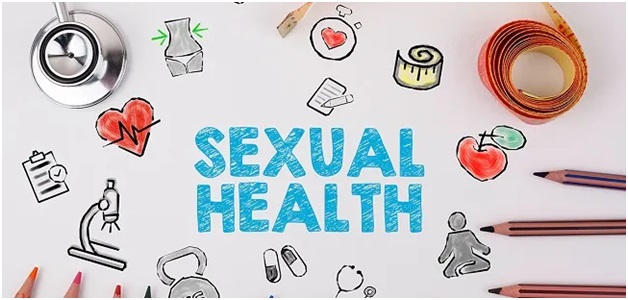Sexual Health Education: What You Need To Know
Sexual health education is a crucial part of overall health and well-being. It helps people understand their bodies, their sexuality, and the risks they may take when it comes to sex. Unfortunately, many people don’t receive the sexual health education they need, which puts them at risk for sexually transmitted infections (STIs) and other health problems. In this article, we’re going to explore what sexual health education is, why it’s so important, and what you can do to ensure you get the most out of it.
What is Sexual Health Education?
Sexual health education is a critical part of ensuring the physical and emotional well-being of all people. It encompasses everything from teaching people about STIs and ways to prevent them, to help them understand their own sexual desires and needs.
While there’s no one “right” way to teach sexual health, there are a few key things that educators should keep in mind when planning their programs. First and foremost, it’s important to be inclusive—not just of those who identify as sexually active, but also of those who may not yet be ready to explore these topics fully. Second, it’s important to emphasize both the risks and benefits associated with sex. Finally, sexual health education should be tailored to the audience being targeted—whether that’s high school students, college students, or members of the general population.
There are a number of resources available to help educators create successful sexual health education programs. One excellent resource is The Sexuality Education Resource Center (www.siecinfo.org). This website provides comprehensive information on topics such as STIs prevention and contraception options for different populations. Additionally, LGBTQ+ networks such as GLSEN (Gay-Straight Alliance Network) offer training and resources specifically geared toward helping educators create inclusive learning environments for LGBTQ+ students.
Components of Sexual Health Education
Sexual health education involves teaching people about their own bodies and how to prevent sexually-transmitted infections (STIs). It can be delivered in school, at home, or online.

Some of the key components of sexual health education include:
1) Understanding STIs and their symptoms.
2) Knowing the different types of contraception available.
3) Understanding HIV and AIDS.
4) Discussing healthy sexual practices.
5) Teaching young adults about responsible sexual behavior.
How Does Sexual Health Education Help Reduce the Risk of Disease?
Sexuality is a normal and healthy part of the human experience. However, some people may not have had appropriate sexual health education, which can lead to negative outcomes such as acquiring sexually transmitted infections (STIs). Sexual health education provides individuals with the knowledge they need to stay safe and healthy when it comes to their sex lives.
Sexual health education can take many forms, including classroom-based instruction, online resources, and self-help books. The type of education that is most effective will depend on the individual and their situation. Some common themes covered in sexual health education include understanding STIs, preventing pregnancy, and protecting against HIV/AIDS.
Many people feel uncomfortable talking about sex, but sexuality is an important part of who we are. It’s important for everyone to receive high-quality sexual health education so they know the risks involved in having sex and how to prevent them from happening.
Conclusion
There is a lot of information out there about sexual health, but it can be hard to know where to start. In this article, we have outlined some key points that you need to know in order to stay healthy and ensure your safety when it comes to sex. We hope that this knowledge has helped you take the first steps towards better sexual health education for yourself and those around you!
Also, Read More About- Zerodol Sp Tablet

Comments are closed, but trackbacks and pingbacks are open.